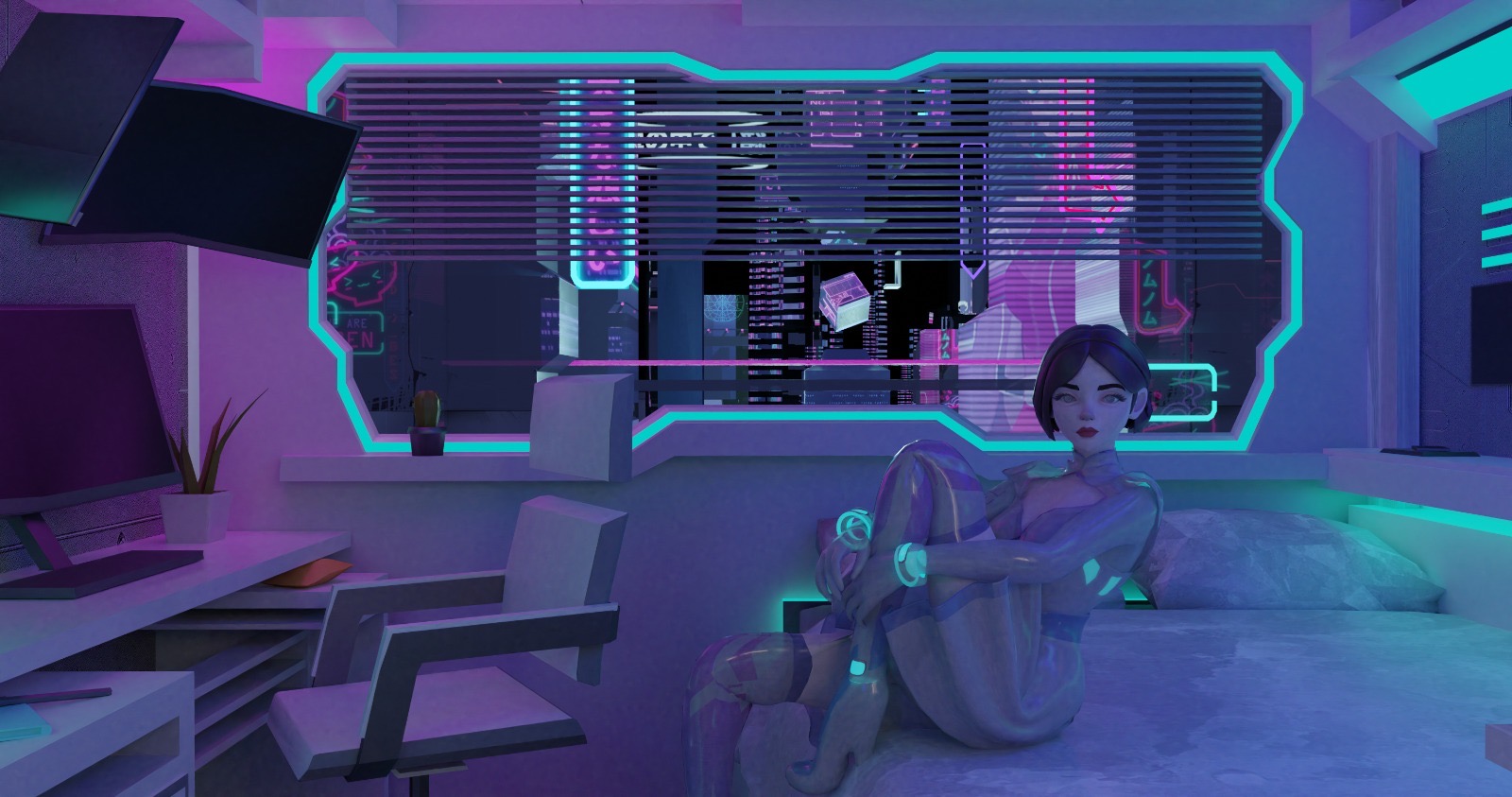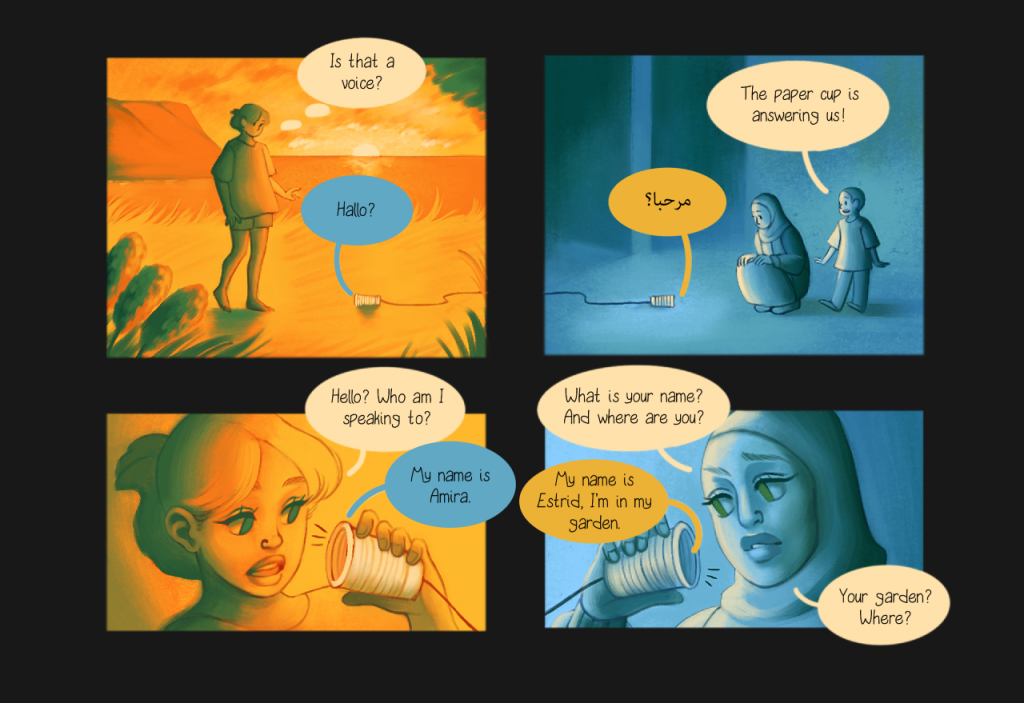Submarine Channel

How to imagine the future with “what if” stories
How to imagine the future with “what if” stories
What if the internet stopped working for a day? What if doping were legal at the Olympics? And what would happen if aliens contacted Earth?
Far from being futile and cerebral questions, this kind of “what if” dilemmas can help us imagine the near future in a really concrete way. Maybe, they can even help us change it for the better. After all, as Umberto Eco writes in his novel Baudolino: “Imagining other worlds, you end up changing this one.”
Submarine Channel’s Bistro in Vitro tried to do just that by speculating how the dishes cooked in a restaurant serving cultured meat, which is meat produced by in vitro cultivation of muscle cells, may look like.
The cultured aquarium of Bistro in Vitro
Interactive and immersive projects are particularly well-suited to tell “what if” stories as they can generate branching narratives and alternate scenarios. With an interactive documentary or a narrative video game, we can effectively illustrate the multiple choices that lay ahead. In other words, we can capture the openness of the future.
En passant, “what if” stories can be used to explore the past, too. With “counterfactual history, ” we can conjecture what would have happened if humans took a different road in the labyrinth of past events. What if a giant astronaut hadn’t wiped out the dinosaurs? What if Neanderthals had not gone extinct? And what if Nazi Germany won World War II? (Read Philip K. Dick’s novel The Man in the High Castle to know the answer to this question).

An image from the VR project Eviee
Young “what if” talents
In 2018, the Dutch newspaper NRC published 10 articles speculating over a series of “what if” hypotheses, ranging from “what if we all stopped eating meat” to “what if sea levels rose 10 meters” (a particularly relevant issue in the Netherlands, a third of which lies below sea level).
Earlier this year, 60 BA students at AKV St. Joost, an academy of art and design based in the south of the Netherlands, used the NRC’s articles as a source of inspiration for 15 “what if” storytelling projects, including interactive graphic novels and virtual reality.

An image from Post Modem (Credit: Studio Mèmme)
For example, Post Modem, is a fanzine exploring what would happen if the internet collapsed. The creators asked themselves what would they miss if the world suddenly went offline. The “what if” question was then the occasion to discuss broader issues like what’s the relationship between our online personas and our real-life selves.
Be reassured: having crafted their work during the Coronavirus crisis, the folks behind Post Modem are well aware of the importance of the internet as the backbone of our contemporary society.

An image from EVE (Credit: Studio Nena)
Another interesting project from St. Joost is EVE, a collection of stories based on the theme “what if we could understand each other beyond the boundaries of languages.” The creators at Studio Nena gave the topic a twist focusing on what would happen if only women could understand each other.
In conclusion, we can’t help but spotlight Eviee, an ambitious virtual reality experience about the Alexa of the future. Will home assistants turn against us? Immerse yourself in this very Black Mirror-esque VR story to find out.
And beware: this is just a small selection. All 15 (work-in-progress) projects testify to the creative possibilities of “what if” scenarios for imagining the world(s) of tomorrow. Do check them out.
Check out all the “What if” projects by AKV|St.Joost’s BA students here
Credit header image: Post Modem – Studio Mèmme